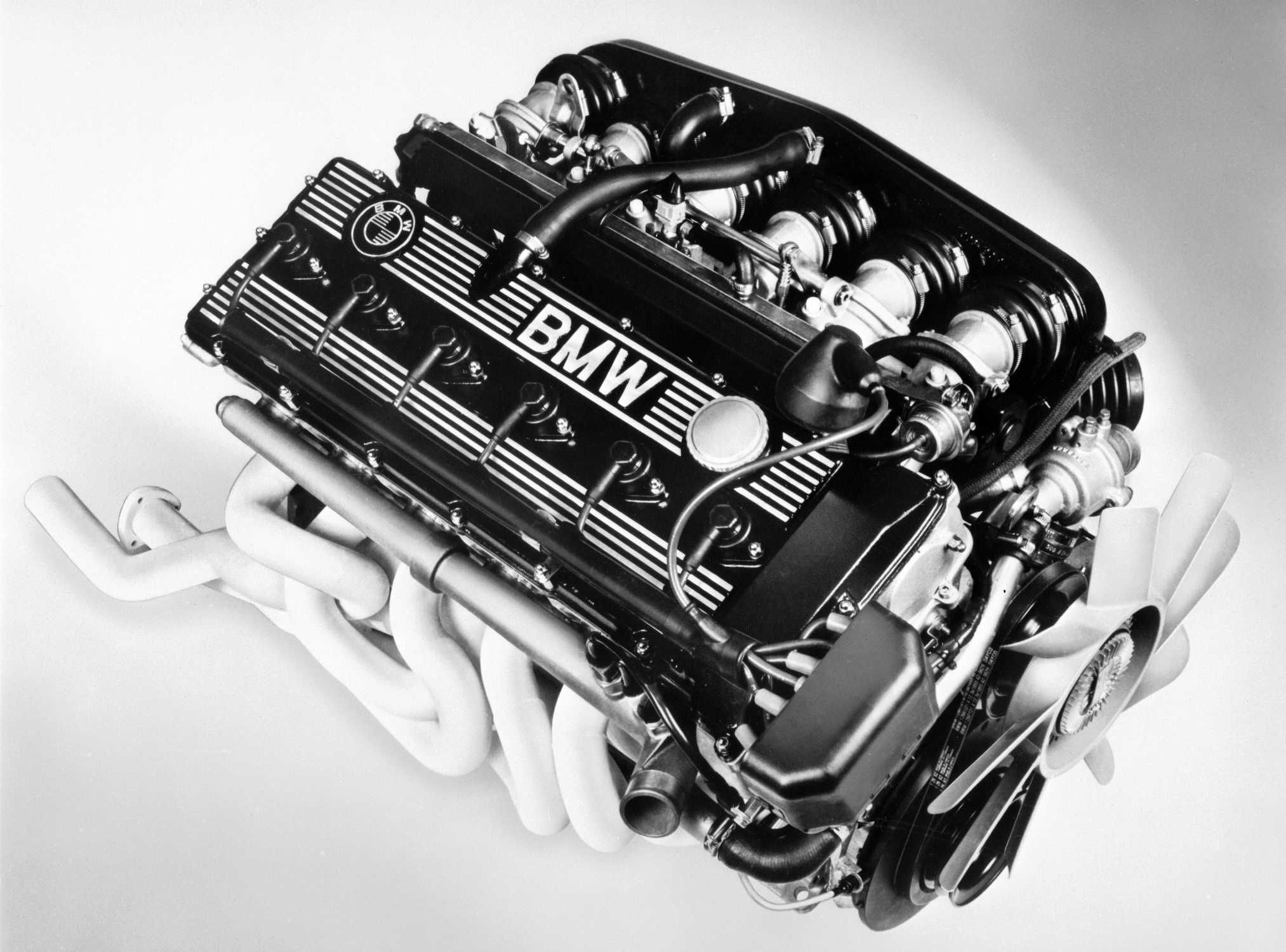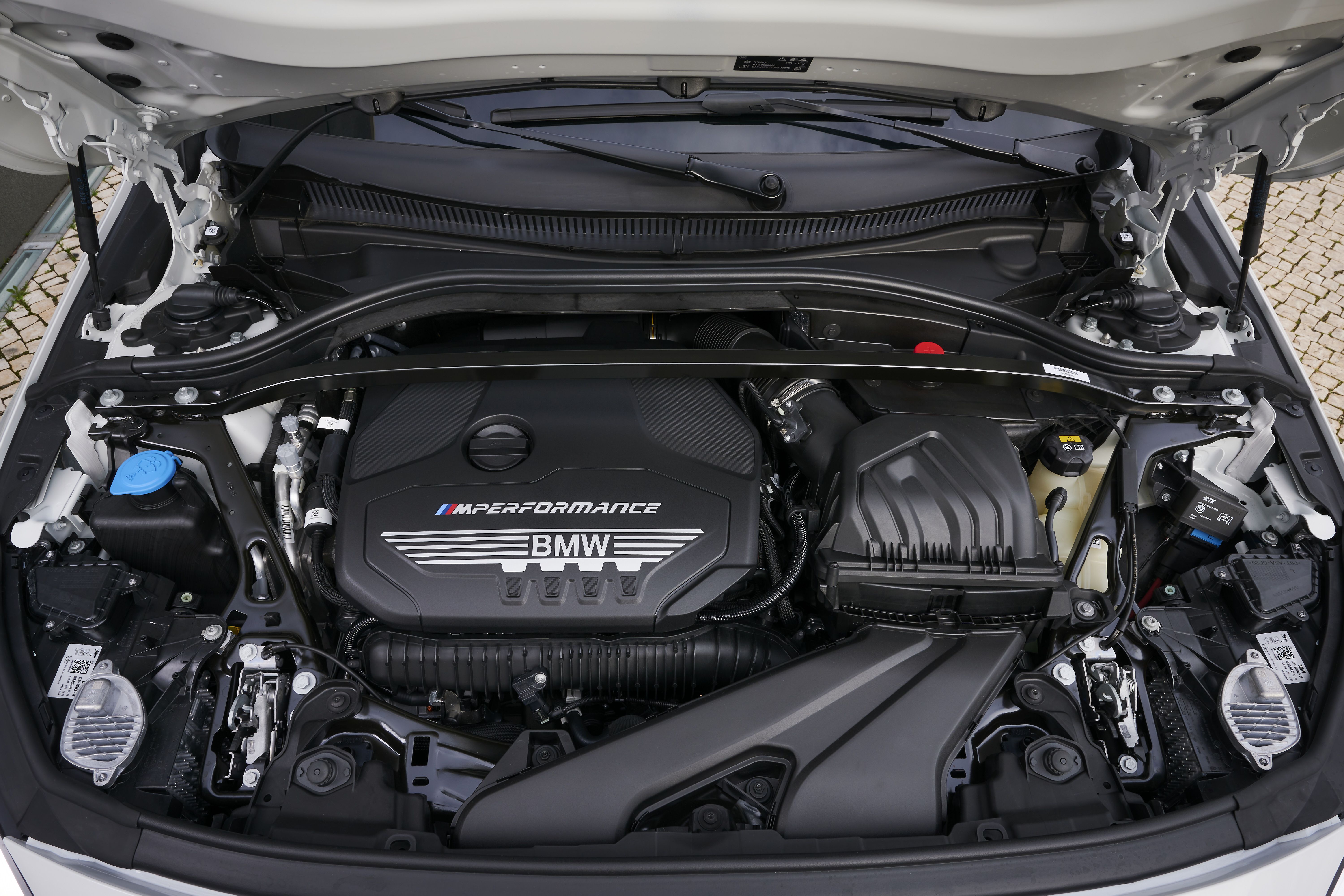A Comprehensive Overview to Understanding BMW Engine Specifications
A Comprehensive Overview to Understanding BMW Engine Specifications
Blog Article
Exploring the Development of Burning Engines in Modern Transport Solutions
As we navigate the landscape of modern-day transportation, the advancement of combustion engines stands as a testament to human ingenuity and engineering prowess. From their simple beginnings to the sophisticated powerhouses pushing lorries today, burning engines have actually undergone an amazing trip of development and adaptation. Recognizing the intricacies of this development not only clarifies the past yet additionally paves the method for visualizing what lies ahead in the world of transportation innovation. The interplay of background, technology, and ecological problems fit the trajectory of burning engines develops a narrative that is both insightful and compelling.
Early Beginnings of Combustion Engines
Just how did the principle of burning engines initial emerge in the onset of transport growth? The origins of combustion engines can be mapped back to the 17th century when the concepts of internal combustion were first checked out. In 1673, Christian Huygens conceptualized a basic interior combustion engine that made use of gunpowder to create power. It had not been up until the late 19th century that practical applications of combustion engines in transportation began to emerge.
The breakthrough moment came with the innovation of the very first effective gasoline-powered engine by Karl Benz in 1885 - bmw engine. This engine led the way for the advancement of the contemporary vehicle, revolutionizing transport systems worldwide. Subsequent innovations by Nikolaus Otto and Gottlieb Daimler additionally fine-tuned burning engine technology, resulting in the mass production of autos and the rapid expansion of the transport industry
These early burning engines were identified by their simplicity and performance, laying the structure for the complex and effective engines made use of in modern-day transportation systems. The evolution of combustion engines has been important fit the means we take a trip and deliver items, marking a significant landmark in the history of transportation growth.
Shift to Internal Combustion Technology
The change to internal combustion innovation marked a crucial change in the evolution of transport systems. This change began in the late 19th century, with innovators like Nikolaus Otto and Gottlieb Daimler creating the very first successful internal combustion engines. These engines transformed transport by providing a more efficient and powerful option to steam engines and electric motors.
Among the key advantages of interior combustion engines was their capability to be scaled down to suit lorries, resulting in the advancement of bikes and automobiles. This shift from cumbersome, fixed engines to portable, mobile ones paved the method for the modern transportation systems we see today.
The transition to inner burning innovation additionally spurred innovations in fuel modern technology, bring about the advancement of gas and diesel as primary gas resources for lorries. This change not just made transportation a lot more obtainable to the masses however additionally laid the foundation for the oil and gas sector to come to be indispensable to international economic climates.
Influence of Combustion Engines on Transportation
The adoption of combustion engines in transport systems militarized a profound shift in the performance and rate of worldwide movement. Burning engines changed transport by providing a versatile and dependable source of power for various lorries, consisting of autos, aircrafts, ships, and trucks. This technology dramatically enhanced the capability for individuals and goods to conform cross countries in shorter timespan, bring about raised connectivity between areas and countries.
Moreover, the prevalent use burning engines has actually had a significant effect on financial growth. The capacity to deliver products successfully has stimulated profession and business, permitting services to expand their markets and get to customers worldwide. This has promoted financial growth and globalization, as items can now be transferred quicker and in bigger quantities than in the past.
Nonetheless, the ecological influence of combustion engines can not be overlooked. The burning of fossil gas has caused air pollution and greenhouse gas discharges, adding to climate change and posturing wellness risks to populaces. bmw engine. Because of this, there is an expanding focus on developing alternative propulsion innovations to minimize these adverse effects and create a more lasting future for transportation
Advancements in Burning Engine Layout
Numerous developments in combustion engine style have actually moved the advancement of transport systems over the decades. One significant development is the advancement of turbocharged engines, which use exhaust gases to drive a generator that presses incoming air, permitting more gas to be charred, causing raised power outcome without a significant increase in engine size. Additionally, straight injection innovation has actually improved fuel effectiveness and efficiency by precisely regulating the quantity and timing of gas injected right into the burning chamber. Variable valve timing systems have actually likewise reinvented engine design by enhancing air movement at different engine rates, boosting both power and efficiency. An additional considerable advancement you can try these out is the integration of light-weight products such as carbon fiber and aluminum alloys, minimizing overall engine weight and improving car gas economic climate. Moreover, developments in computer-aided style have actually allowed designers to maximize engine efficiency and performance with simulations prior to physical prototypes are built, conserving time and resources in the growth procedure. These technologies collectively add to the continual improvement of burning engines in modern transportation systems.
Future Patterns in Burning Engine Growth
With technology developments driving continual development, the future of combustion engine advancement is poised to transform transport systems internationally. One of the crucial trends in combustion engine advancement is the push in the direction of better effectiveness and minimized exhausts.
Another prominent trend is the fostering of hybrid innovations in combustion engines. Hybrid engines integrate standard burning technology with electric power, supplying enhanced gas efficiency and reduced discharges. As other the automotive industry shifts in the direction of electrification, crossbreed combustion engines are viewed as a transitional solution that bridges the void between standard cars and fully electric ones.
Furthermore, the assimilation of clever technologies, such as expert system and data analytics, is anticipated to play a significant duty in the future of combustion engine development. These modern technologies can optimize engine efficiency in real-time, leading to extra reliable combustion procedures and improved overall car performance. Embracing these future trends will certainly not only drive advancement in burning engine development yet additionally add to a much more sustainable and eco-friendly transport environment.

Verdict
In final thought, the advancement of combustion engines in modern-day transport systems has been noted by considerable improvements in technology and style. From the early beginnings of burning engines to the shift to interior combustion technology, these engines have actually had an extensive impact on transport.
The origins of burning i loved this engines can be mapped back to the 17th century when the concepts of inner burning were first explored. These engines transformed transportation by supplying a more reliable and effective alternative to steam engines and electric motors.

Report this page